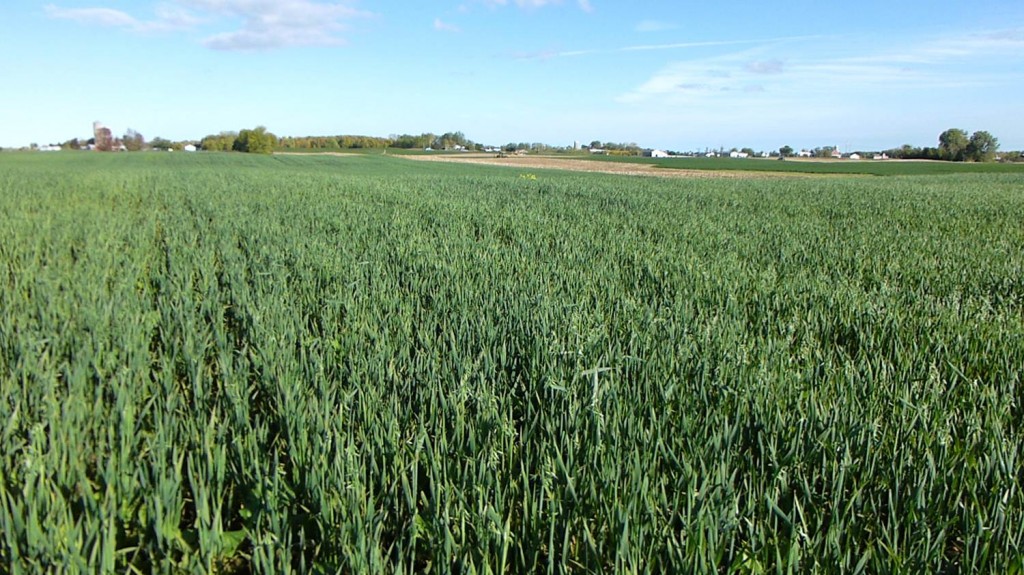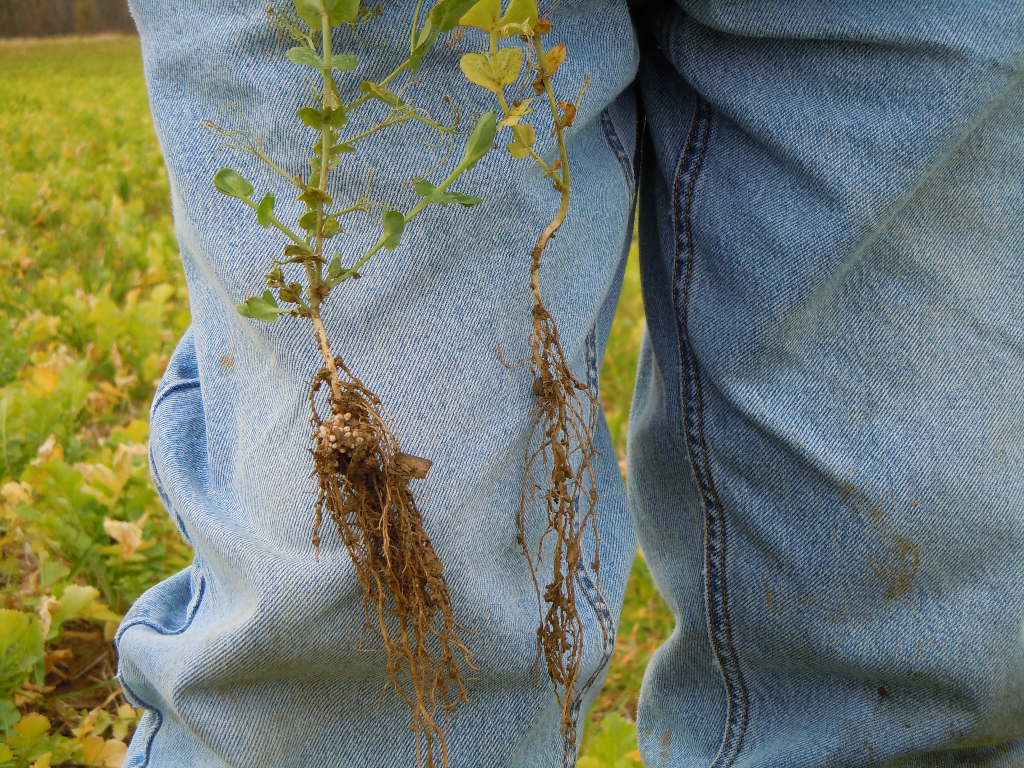Cover Crops in Wisconsin – Full Speed Ahead!
I took a new management position in May of 2012 with Wisconsin based Legacy Seeds, Inc. While my main responsibility lies in working with alfalfa and forages I also was pleased to find out that there were several folks in Wisconsin that were using cover crops! Well, you would figure that I’d get involved more […]
Cover Crops in Wisconsin – Full Speed Ahead! Read More »

